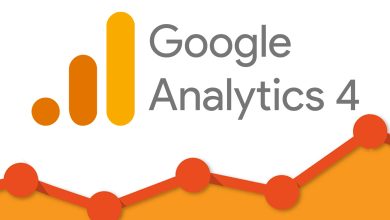Why fast data is more valuable than ‘big data’ – but only if we learn how to use it properly


The rise of new technologies and increase in ways to collect data has meant businesses are embracing more sophisticated analytical methods. You only have to look at the amount of information passed across the internet to get a perspective on the scale of the big data challenge; we now send the same amount of data in a second as we sent across the whole of 1993!
With such volume, naturally there comes a need for clarity and to consider how to make the most of the value of big data.
There are three key aspects to big data that have influenced the way businesses employ data intelligence:
*Volume: dealing with much larger datasets than ever before
*Variety: having a wide range of sources from social media, sales, consumer insight, marketing and digital etc.
*Velocity: gathering data faster than ever before, and having the skills to act on it
The key fourth aspect, which should surpass the other three, but is so often ignored, is value. Simply put: the bottom line benefit to the business.
In many ways it’s a strange formulation, and indicative of the roughshod way many people use the concept, that the ‘big’ so often eclipses the ‘data’ in the formulation; a focus on harvesting information without a real understanding of the end worth is clearly a dangerous proposition.
So often, data operations are set up to deal with huge volumes and varieties of information, but miss the crucial last step in making that data immediately actionable, which would bring the real value to the business.
Yes, the technology allows us to go bigger and more expansive than ever before, but burgeoning Hadoop clusters are no guarantee of value. Trawling the internet immediately highlights a long list of big data success stories, however we can be sure there is an equally expansive list of failures, which have been hidden. These failures no doubt happen when the technology has come before the business issue; collecting data yet failing to create change before it becomes redundant.
Yo Sushi is a fantastic example of a company that has taken large data sets, and exploited the benefits in close to real-time; bringing extensive value to their everyday operations. Serving over 3.5 million covers a year, they use big data analytics to identify events that trigger change on both an individual store level, as well as companywide.
Tracking customer habits and keeping a real-time understanding of sales figures, has allowed them to inform product and price promotions on a local level, significantly aiding growth acceleration. The operations team meet every morning to discuss the previous day’s trading and make strategic adjustments where necessary. For Yo Sushi’s head of IT, the data is becoming a given, but it’s the speed at which companies can implement change that sets the successes apart from the failures.
In an increasingly fragmented, fast-moving world, the only way to leverage the value in big data is by implementing the insights it throws up in near real-time. The trend for fast data is becoming a core concern across industries. Innovation in consumer insight is being driven by speed of delivery, with enterprises such as ZappiStore, my company, and Google Surveys providing consumer feedback faster than ever before.
PR departments are using social media monitoring tools to monitor events and fallout in real-time, while sales teams are understanding customers on a local level, on a daily basis, to drive revenue. It’s not big data that’s driving growth, it’s a company’s ability to act on it in the moment, whilst it is still relevant, that brings the results.









